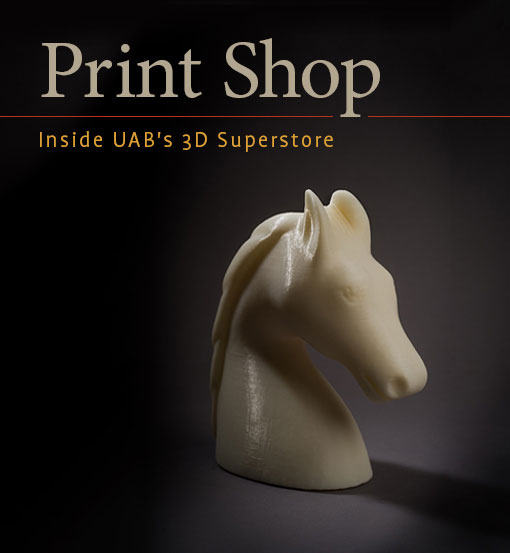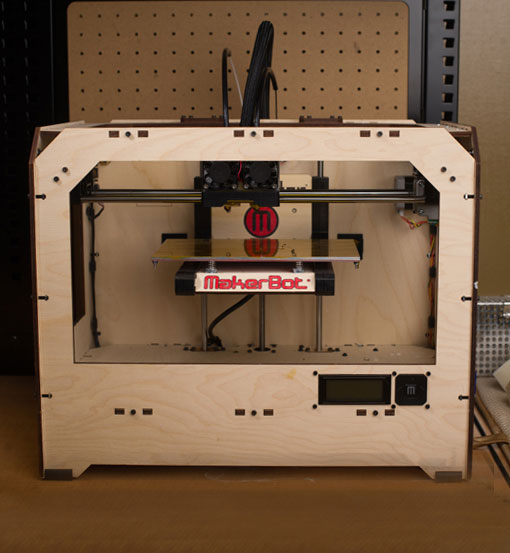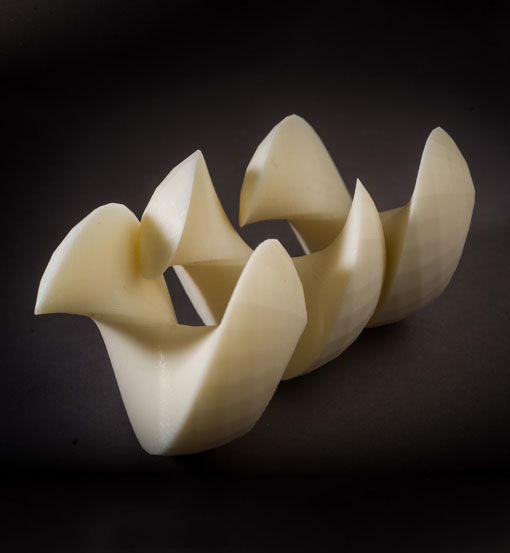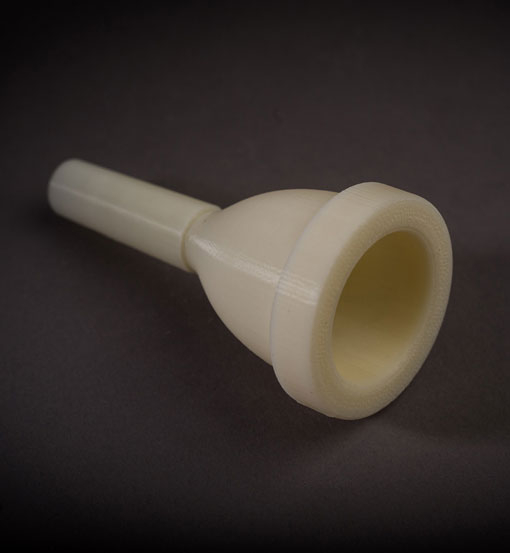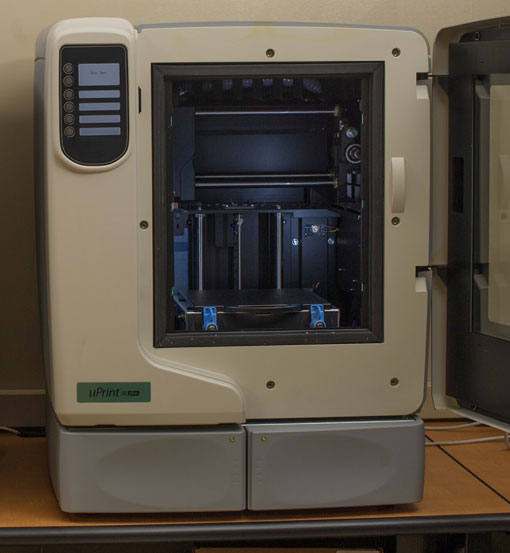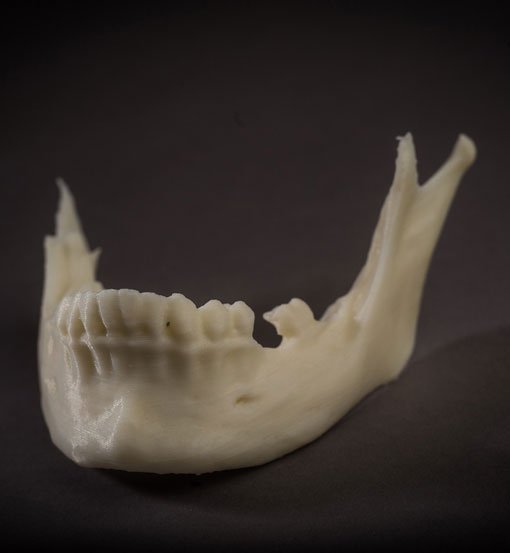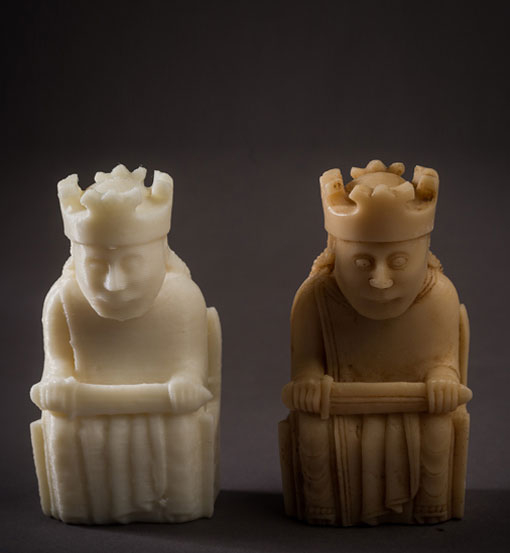Students Transform 3D Dreams into Reality
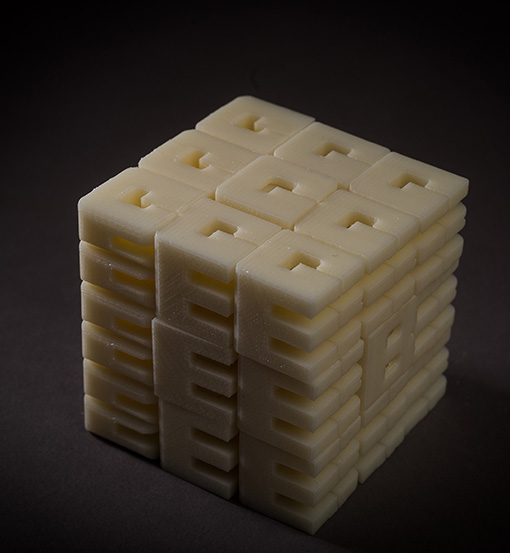 Custom Rubik's Cubes are just one of the imaginative objects printed by students in the 3D Print Lab. For more examples, see the slideshow below.
Custom Rubik's Cubes are just one of the imaginative objects printed by students in the 3D Print Lab. For more examples, see the slideshow below.
One benefit of being a student in the UAB Department of Computer and Information Sciences is the chance to play with advanced machines. That’s especially true of the 3D Print Lab, where undergraduate and graduate students step out on the cutting edge of manufacturing technology. They get to operate everything from a hobbyist-grade MakerBot, which costs roughly $1,500, to an industrial-strength Dimension Elite, which costs around $50,000 and can print objects up to 8x8x12 inches in dimension and down to seven-thousands of an inch thick.
Having access to a 3D printer is a dream come true for someone with an active imagination. “I am partial to the Rubik’s Cube [above], the obligatory sphere-within-a-sphere-within-a-sphere-within-a-sphere-within-a-sphere, and the torus knot the size of a face,” says Brooks MacBeth, an undergraduate computer science major. “The aspects that interest me most are model design and creation.” MacBeth particularly enjoys retrieving the data through the lab’s 3D scanners and manipulating it through different programs he has written. “I am currently working on one that will reproduce data on the back of the eye as a height map on the back of a sphere,” he says.
(Story continues beneath the slideshow.)
For physics graduate student Jeffrey Montgomery, favorite pieces include a four-foot-long broadsword with the word “Occam” inscribed in the blade (a reference to the “well-known philosophical razor,” he explains), which demonstrates the capability of printing large pieces in smaller sections and joining them together “using a simple chemical welding process.” He is also partial to his first creation: “a scale model of the spaceship ‘Serenity’ [from the movie of the same name] made from a 3D model I found online.”
Projects like these demonstrate the limitless potential of 3D printing, notes Sloan. One of his favorites: an exact recreation of a 12th century chess piece from a set his wife bought for him at the British Museum.
“There’s no limit to what we can do,” says Sloan, rattling off other new collaborations with UAB faculty, including a fist-sized model of a protein for one researcher and a detailed relief map of an Egyptian archaeological site for another. “Whatever you can think about, we can print. We’re very excited to share this capability with the rest of the university.”
More Information
Department of Computer and Information Sciences
